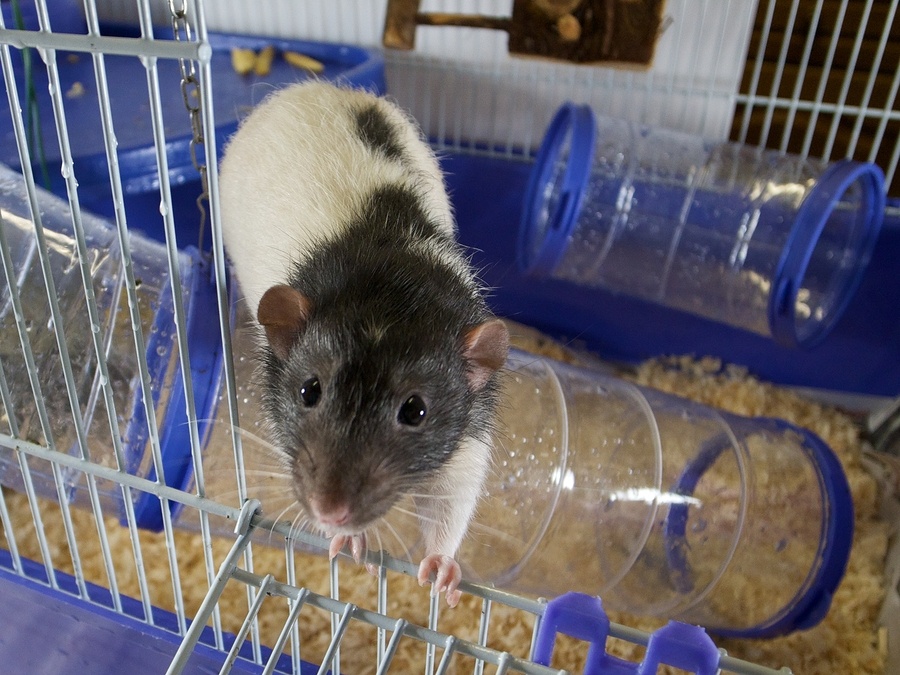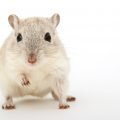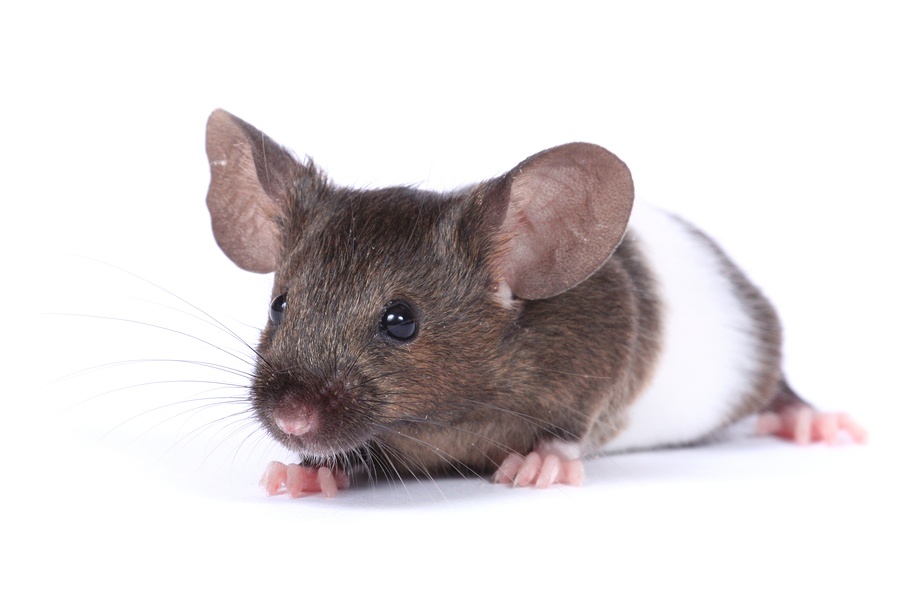Table of Contents
Are pet rats safe? In all of history, pet rats are considered by people to be nothing but pests. A small creature that spreads diseases eats food and tear off clothes. Unfortunately, even though we know better today, this pre – conceived notion still persists. Are pet rats safe? It is true however that there are diseases that rats can spread, but this is rare for pet rats. As long as you don’t keep wild rats as pets then you don’t have anything to worry about. In this article, you’ll learn are pet rats safe?
Why Are Pet Rats Safe?
This is simply because pet rats are not exposed to other animals in the wild. One of the main reasons why diseases spread is because of wild animals. Salmonella is perhaps the only zoonotic diseases that are sometimes spread by pet rats. But it only happens when your pet rat is exposed to other wild animals.
Fancy Rats
Pet rats are also known as fancy rats. What this means is that they are captive – bred. They were born and raised away from various diseases found in the wild. Rat or mice breeders try their very best to preserve longevity, resistance from diseases and even their temperament within the genetic lines. This is also the same with lab rats. Both fancy rats and lab rats came from the same origins called the brown rat. It has a scientific name of rattus norvegicus.
Fancy rats grow to around 18 to 25 centimeters with 6 to 8 inch tails. They are usually active in the day and they live for just 2 years. These animals are very smart creatures and you can teach them to do tricks. Pet rats will even come to you once they recognize their name. They generally have poor eyesight and they usually sway while standing still for them to detect motion.
Brown Rats vs. Black Rats
Black rats are also used in laboratories, and most of them have also been bred genetically far from their wild ancestors. Captive – bred rats, in terms of physiology, are really different than the rats in the wild. In history, brown rats are one of the causes of some issues in human civilization. They get a bad reputation for that because not all of the plagues that happen were caused by them. The black rat is actually the one that spread diseases and killed many people in the past. In the case of the black plague, many people think that it was caused by a rat but it’s really the fleas that carried the disease.
Smarty – Pants
Rats are very intelligent. They have flourished in a world where humans drop food all the time. The rats may have somehow enabled the fleas to spread the disease in highly populated areas. However, this is only an example of why rats in general have become misunderstood in the past.
Vicious Creatures?
Many people think that rats are vicious little monsters. While they certainly do threaten some predators, those who have been captive – bred, in general have even temperaments. Still, behavior issues are one main con about pet rats. This is mostly due to hormone issues or perhaps there were no strategies that will make them socialize with others at a young age. For hormonal issues, it’s mostly exclusive to just male rats but neutering them can definitely calm them down. This is also recommended to prevent health issues down the road. Female rats can also be spayed; this will help them not have unwanted offspring. It also prevents mammary cancers, which gets triggered by high female hormone levels. Female rats usually don’t have behavioral issues that are related to their hormones.
Trainable Pets
Pet rats are very smart animals, and they are also safe to keep. You must choose to acquire from a reputable breeder to ensure that the rat is healthy. Lots of people like keeping fancy rats because they are somehow similar to small dogs; they can learn a couple of tricks, be trained and even play fetch! Young rats tend to be very active but as they grow older they become content with just spending time with their favorite human. They love to scratch behind the ears, do simple strokes using their wiggly noses, or even rub your belly. Rats also bond with humans through grooming them such as licking the hands and hair just like how a dog would. Pet rats have individual temperaments, and they too deserve love and care from humans.
How do I set up a habitat?
Fancy rats are social animals. They can actually live together in pairs. If you want to prevent reproduction, then make sure to pair rats of the same gender. When it comes to setting up a habitat, you should include a hiding house. Hiding houses for pet rats should be easily cleaned. We don’t want to recommend wooden houses because your rat will certainly destroy it over time. Here’s the thing though, edible homes will give the added benefit of encouraging normal chewing behavior. So, you might want to try that.
When it comes to housing measurement, make sure to provide a 24 x 12 x 12 inches (61 x 30 x 30 cm), with multiple levels. You need to place their house out of direct sunlight and preferably in a low – humid area. Keep the house temperature between 65 and 75 degrees Fahrenheit. You need to also line the habitat with at least 1 to 2 inches of paper bedding. Some owners prefer wood shavings but just make sure that you don’t use cedar shavings. Above all, spot – clean the bedding frequently and keep their hide – houses clean.






 Author and long-time animal lover. Sharing knowledge on pet care through experience and the written word.
Author and long-time animal lover. Sharing knowledge on pet care through experience and the written word.